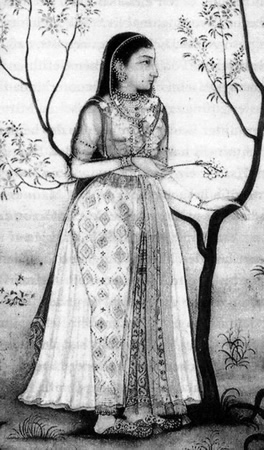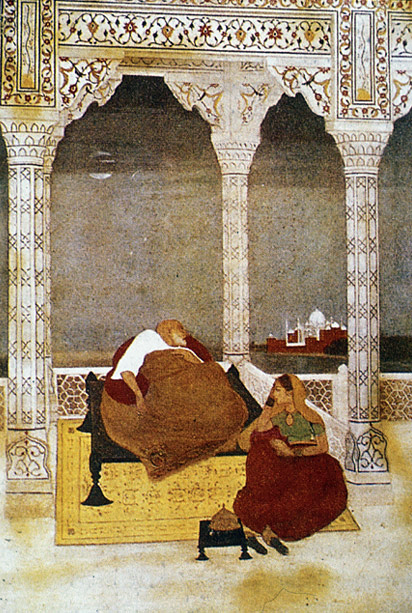Amidst the rule of emperors and empresses, there was a princess who won over the Mughal empire through her kind heart and sharp mind. Shahzadi Jahanara’s name is inscribed with golden ink in the pages of the Mughal empire. For the first time, the flourishing empire saw the power of a princess.

She inherited the beauty of her mother, Mumtaz Mahal and the brain from her father, Shah Jahan. The Mughal emperor and empress were proud of their eldest child who portrayed the wit of a ruler. Jahanara’s brilliance was not dependent on the digits of her age. She was only fifteen when Shah Jahan honoured her with prestigious titles such as Sahibat al-Zamani (Lady of the Age) and Padishah Begum (lady emperor).
Jahanara’s heart was inclined towards art as well. She was intrigued by the beauty of literature and the magic of architecture. Her passion and compassion were her sole companions throughout the journey of life.
Support for Both the Family and Empire.
Her charisma and intelligence won the love and trust of her parents. Shah Jahan and Mumtaz Mahal always considered her opinion before making any significant decision. With the demise of Mumtaz, everything turned to grey. Shah Jahan drowned into the deep ocean of grief and the Kingdom ceased to function normally. It was the seventeen-year-old Jahanara who took control and pulled her father out of melancholy.
Shah Jahan and Jahanara revived the glory of the empire and continued to strive for prosperity. After the tragic loss of her mother she wholeheartedly took care of her younger siblings. She also organised the pompous wedding of her brother, Dara Shikoh. Even though Shah Jahan had other wives the princess took over her mother’s title- the first lady of the empire. She held boundless power that she devoted to the welfare of the poor and the development of art.
Architect of Chandni Chowk
Jahanara showed immense love for literature. She mastered Arabic and Persian and spent most of the time in framing alluring poems. She was also a magnificent painter who beautifully played with the colours. She was an admirer of architecture. She financed numerous mosques. Some of her famous contributions to Indian art are the Chandi Chowk in Shahjahanabad and the Jami Masjid in Agra.
Jahanara and her beloved brother Dara Shikoh were the pupils of the renowned Mullah Shah Badakhshi. She was a brilliant student whose progress on the Sufi path astounded her teacher. She wrote the biographies of Moinuddin Chisti and Mullah Shah. Her Sufi work was applauded and appreciated by all.
Tussle of Power
Jahanara supported Dara Shikoh when he fought against Aurangzeb for the throne. And when Aurangzeb became the emperor Jahanara held the hands of her father and went to confinement with him. She selflessly took his care until his last breath. After the death of her father, she and Aurangzeb eliminated their conflict and she enjoyed several powers in his court.
Shahzadi Janhara was a woman with variegated virtues. She was a generous, responsible and loyal princess. As the powerful princess, Jahanara always considered the welfare of the poor and she practised and supported art. She was a strong woman who fought against all the customs and gained power as a princess.

